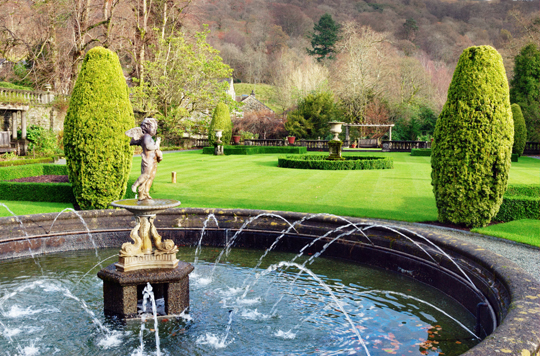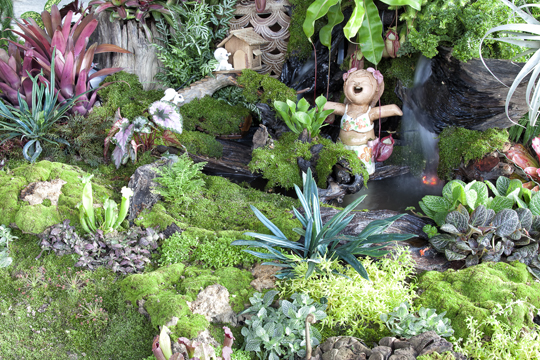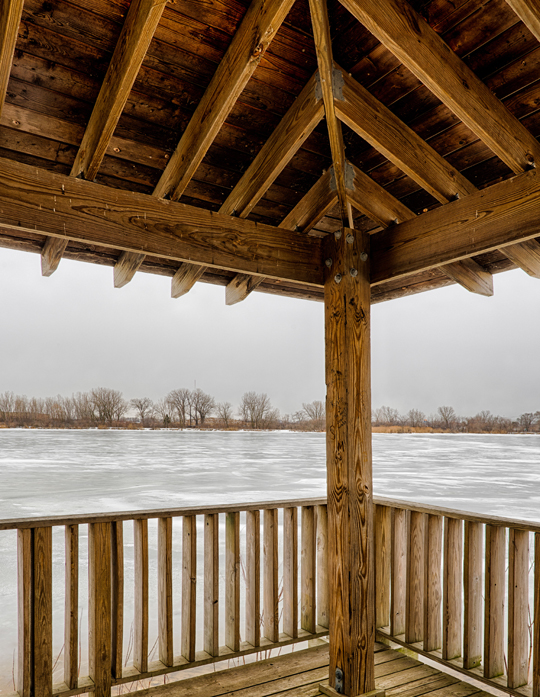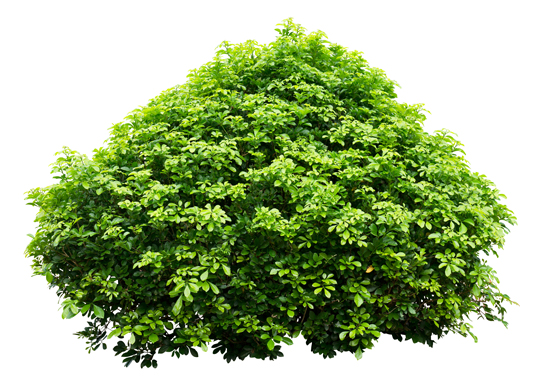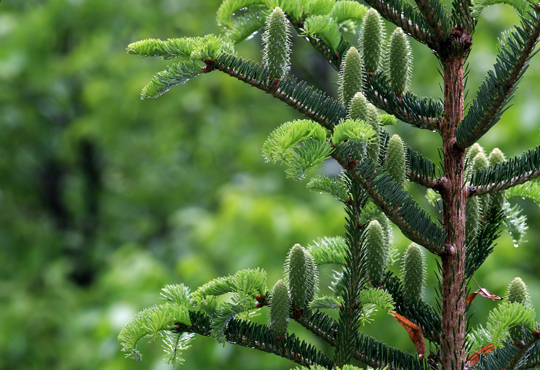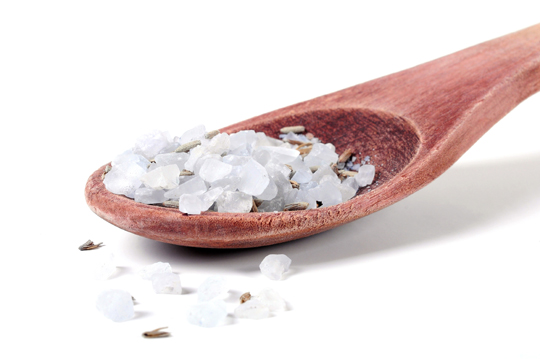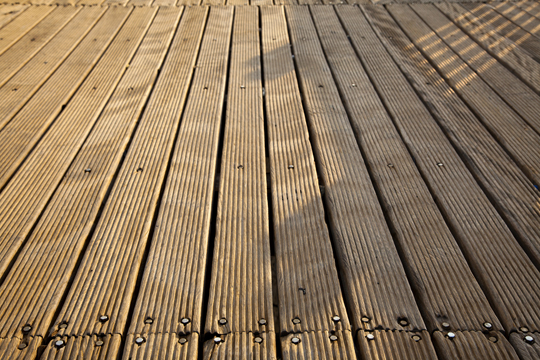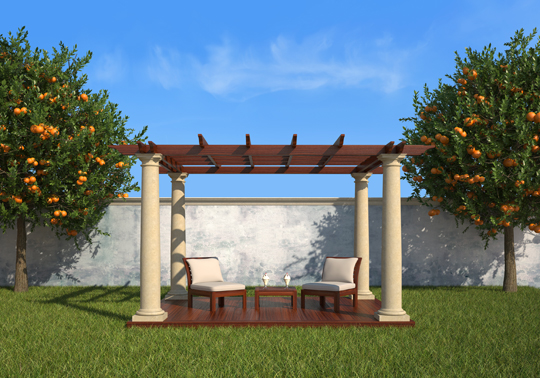The bubbling sounds of a garden fountain, along with its classic look and natural beauty, really make your lawn, garden, or patio stand out from the backyards of your neighbors. Even just a small garden fountain can dramatically change your home’s look. Learning how to install a garden fountain isn’t really difficult, and as long as you’ve got a friend to help, you’ll end up with a great looking addition to your garden in no time.
How To Install A Garden Fountain
1. Pick the fountain’s location. Make sure it is somewhere that can support the fountain and isn’t likely to flood if it rains.
2. Level the location. Make it about three inches lower than the rest of the land around it, and make this spot about three inches wider than the actual base of the fountain on all sides. Make sure you use a rake to remove any dirt or rocks.
3. Use stone dust and small rocks — about five times more dust than rocks — to create a mixture to cover the dirt in this spot. Use a ground tamp to secure it.
4. Measure the area with a level. If it isn’t level, add dirt, then cover that with stone dust. Tamp it and measure again. Repeat until level.
5. Have a friend help you place the fountain’s base in the middle of the dirt. It will be heavy! Measure it to make sure it’s level and add dirt if you need to.
6. Put the pump in the fountain base. Run the cord out of the drain hole.
7. Put the drain plug in the drain hole.
8. Seal the drain plug. Silicone sealant works best.
9. Make sure the solar power supply is out of the way, but can easily receive sunlight. Bury the cord. Burying it about six inches below is best.
10. Have your friend hold the fountain top while you thread the water tube up through the bottom. Stop when it reaches the top part of the fountain hole. Set the fountain into place, fill it with water, and start the pump.
Too Much To Remember?
There you go! Now you have a beautiful fountain in the midst of your garden to enjoy while you sit outside, taking in nature. If you have more questions or would prefer to have your fountain professionally installed, TalkLocal can connect you with companies or professionals that can help.

